Rafael Ballabriga
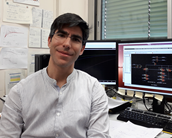 Rafael Ballabriga is a graduate of the Ramon Llull University in Barcelona (BSc 2000, MSc 2002). In 2004, he joined CERN microelectronics group, Geneva (Switzerland), in the framework of the CERN Doctoral Student Program to work in the design and characterization of hybrid pixel detectors.
Rafael Ballabriga is a graduate of the Ramon Llull University in Barcelona (BSc 2000, MSc 2002). In 2004, he joined CERN microelectronics group, Geneva (Switzerland), in the framework of the CERN Doctoral Student Program to work in the design and characterization of hybrid pixel detectors.
Rafael Ballabriga received the IEEE NPSS Best Student Paper Award in 2006. He defended his PhD thesis entitled “The Design and Implementation in 0.13um CMOS of an Algorithm Permitting Spectroscopic Imaging with High Spatial Resolution for Hybrid Pixel Detectors” in 2009 for which he received the best thesis award of the Ramon Llull university doctoral programme 2009-2010. In 2013 he received the IEEE Nuclear and Plasma Sciences Society Radiation Instrumentation Early Career Award.
Rafael Ballabriga has coached younger designers in the design of front-ends in CMOS technologies. Holds three patents and has authored or co-authored more than 70 peer-reviewed journal publications.
Massimo Caccia
 Massimo Caccia is full professor of experimental physics at Università dell’Insubria in Como, Italy, and co-founder of Random Power, a start-up company focused on the development of a platform for random bit stream generation.
Massimo Caccia is full professor of experimental physics at Università dell’Insubria in Como, Italy, and co-founder of Random Power, a start-up company focused on the development of a platform for random bit stream generation.
Particle physicist, Massimo grew up scientifically at CERN, in Geneva. Analyst by mindset, silicon detector by expertise, he was part of the team designing, commissioning and exploiting the Vertex Detector of the DELPHI experiment at the Large Electron-Positron collider. Since the turn of the millenium, his activity moved primarily to applied physics projects mostly supported by the European Commission within the framework programs. He lead four EC funded projects and was members of two more, addressing real-time dosimetry, homeland security, environmental physics and, last but not least, random number generation.
According to the Web of Science, Massimo is author or co-author of 390 papers, 22313 citations, h-factor = 51.The majority of the papers can be associated to the activity within the CERN based large collaborations. Throughout his career, Massimo presented the results of his activity in about 120 conferences and seminars. Within Random Power, he serves as a C.E.O.
Michael Campbell
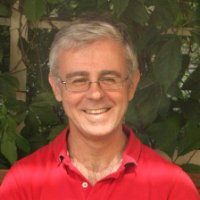 Michael Campbell is the Spokesman of the Medipix2, Medipix3 and Medipix4 Collaborations. He is also leader of the Microelectronics section at CERN. A graduate of the University of Strathclyde in Glasgow, Scotland (B.Sc(Hons) 1983, PhD 1986) he joined CERN in Geneva, Switzerland in 1988 after a short time in the Battelle Institute in the same city. He played an important role in the development of the first pixel detectors used in High Energy Physics and also in the development of the pixel detector readout chips currently used in the Alice and LHCb RICH detectors. He has also played an active role in the dissemination of Hybrid Pixel Detectors from High Energy Physics to many other fields of science. M. Campbell is Honorary Professor in Glasgow University since 2006.
Michael Campbell is the Spokesman of the Medipix2, Medipix3 and Medipix4 Collaborations. He is also leader of the Microelectronics section at CERN. A graduate of the University of Strathclyde in Glasgow, Scotland (B.Sc(Hons) 1983, PhD 1986) he joined CERN in Geneva, Switzerland in 1988 after a short time in the Battelle Institute in the same city. He played an important role in the development of the first pixel detectors used in High Energy Physics and also in the development of the pixel detector readout chips currently used in the Alice and LHCb RICH detectors. He has also played an active role in the dissemination of Hybrid Pixel Detectors from High Energy Physics to many other fields of science. M. Campbell is Honorary Professor in Glasgow University since 2006.
Edoardo Charbon
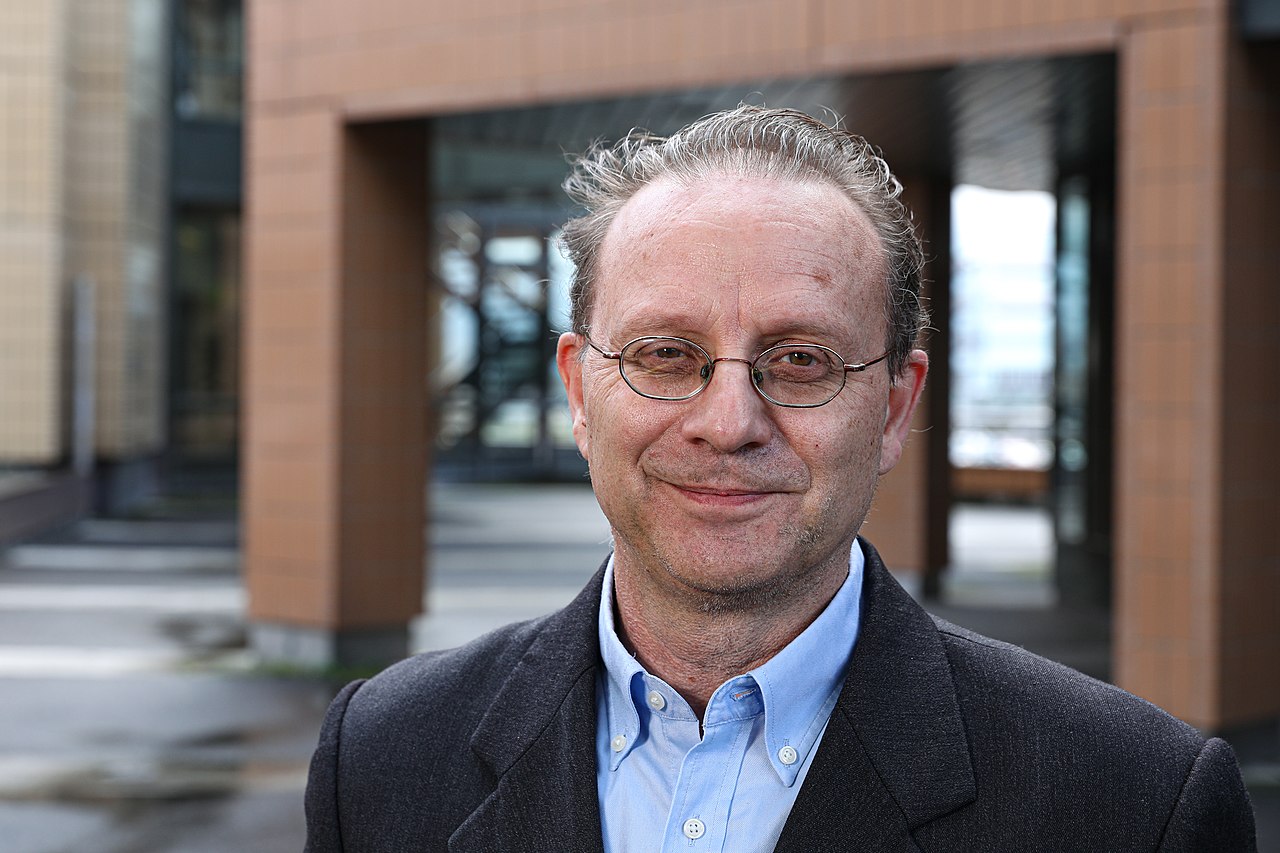 Edoardo Charbon (SM’00 F’17) received the Diploma from ETH Zurich, the M.S. from the University of California at San Diego, and the Ph.D. from the University of California at Berkeley in 1988, 1991, and 1995, respectively, all in electrical engineering and EECS. He has consulted with numerous organizations, including Bosch, X-Fab, Texas Instruments, Maxim, Sony, Agilent, and the Carlyle Group. He was with Cadence Design Systems from 1995 to 2000, where he was the Architect of the company's initiative on information hiding for intellectual property protection. In 2000, he joined Canesta Inc., as the Chief Architect, where he led the development of wireless 3-D CMOS image sensors. Since 2002 he has been a member of the faculty of EPFL, where is a full professor. From 2008 to 2016 he was with Delft
Edoardo Charbon (SM’00 F’17) received the Diploma from ETH Zurich, the M.S. from the University of California at San Diego, and the Ph.D. from the University of California at Berkeley in 1988, 1991, and 1995, respectively, all in electrical engineering and EECS. He has consulted with numerous organizations, including Bosch, X-Fab, Texas Instruments, Maxim, Sony, Agilent, and the Carlyle Group. He was with Cadence Design Systems from 1995 to 2000, where he was the Architect of the company's initiative on information hiding for intellectual property protection. In 2000, he joined Canesta Inc., as the Chief Architect, where he led the development of wireless 3-D CMOS image sensors. Since 2002 he has been a member of the faculty of EPFL, where is a full professor. From 2008 to 2016 he was with Delft
University of Technology’s as Chair of VLSI design. Dr. Charbon has been the driving force behind the creation of deep-submicron CMOS SPAD technology, which is mass-produced since 2015 and is present in telemeters, proximity sensors, and medical diagnostics tools. His interests span from 3-D vision, LiDAR, FLIM, FCS, NIROT to super-resolution microscopy, time-resolved Raman spectroscopy, and cryo-CMOS circuits and systems for quantum computing. He has authored or co-authored over 400 papers and two books, and he holds 24 patents. Dr. Charbon is a distinguished visiting scholar of the W. M. Keck Institute for Space at Caltech, a fellow of the Kavli Institute of Nanoscience Delft, a distinguished lecturer of the IEEE Photonics Society, and a fellow of the IEEE.
Perceval Coudrain
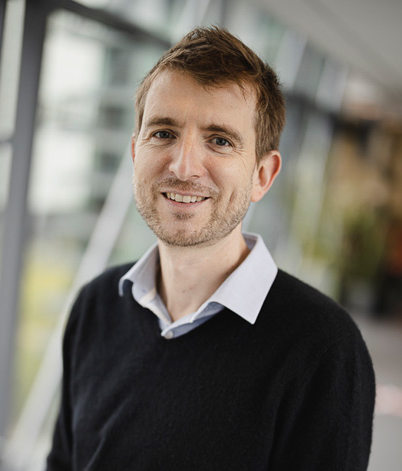 Perceval Coudrain received a M.S. degree in Materials Sciences from the University of Nantes, France, in 2001 and a PhD degree from Institut Supérieur de l’Aéronautique et de l’Espace in Toulouse, France, in 2009. He joined STMicroelectronics in 2002 and entered the advanced R&D group in 2005 where he was involved in the early development of backside illumination and monolithic 3D integration for CMOS image sensors. For fifteen years he has been focusing on 3D integration technologies including TSV and Cu-Cu hybrid bonding development, and thermal management. He moved to CEA-Leti in 2020 where his research focuses on 3D integration, Fan-Out Wafer Level Packaging and embedded thermal dissipation solutions.
Perceval Coudrain received a M.S. degree in Materials Sciences from the University of Nantes, France, in 2001 and a PhD degree from Institut Supérieur de l’Aéronautique et de l’Espace in Toulouse, France, in 2009. He joined STMicroelectronics in 2002 and entered the advanced R&D group in 2005 where he was involved in the early development of backside illumination and monolithic 3D integration for CMOS image sensors. For fifteen years he has been focusing on 3D integration technologies including TSV and Cu-Cu hybrid bonding development, and thermal management. He moved to CEA-Leti in 2020 where his research focuses on 3D integration, Fan-Out Wafer Level Packaging and embedded thermal dissipation solutions.
David Gascón
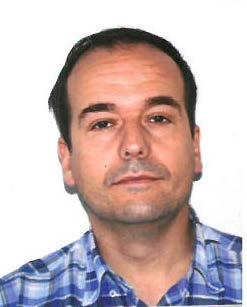 D. Gascon received a BSc degree in electronics engineering from University Ramon Llull, Spain, in 1998, and a PhD degree in electronics from University of Barcelona, Spain in 2008.
D. Gascon received a BSc degree in electronics engineering from University Ramon Llull, Spain, in 1998, and a PhD degree in electronics from University of Barcelona, Spain in 2008.
Currently he is working in the instrumentation group of the Institute of Cosmos Sciences of the University of Barcelona (ICCUB), Spain. He is also the Technical Coordinator of the ICCUB.
His research activity is in the area of mixed signals circuits for high energy physics, astrophysics experiments and medical imaging. Particularly, he is interested in ASIC design for fast photodetector readout and front-end electronics. He has authored or co-authored more than 60 papers related to these subjects.
Alberto Gola
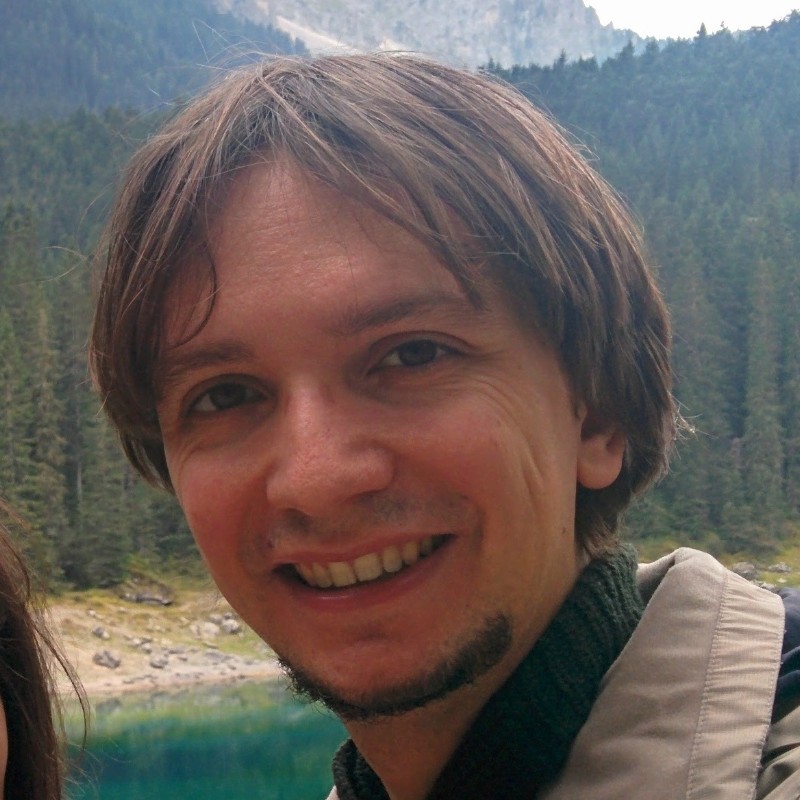 Alberto Gola received his PhD degree in Information Engineering by the Politecnico di Milano in 2009. He is currently a senior researcher at the Fondazione Bruno Kessler (FBK-irst).
Alberto Gola received his PhD degree in Information Engineering by the Politecnico di Milano in 2009. He is currently a senior researcher at the Fondazione Bruno Kessler (FBK-irst).
Daniel Hynds
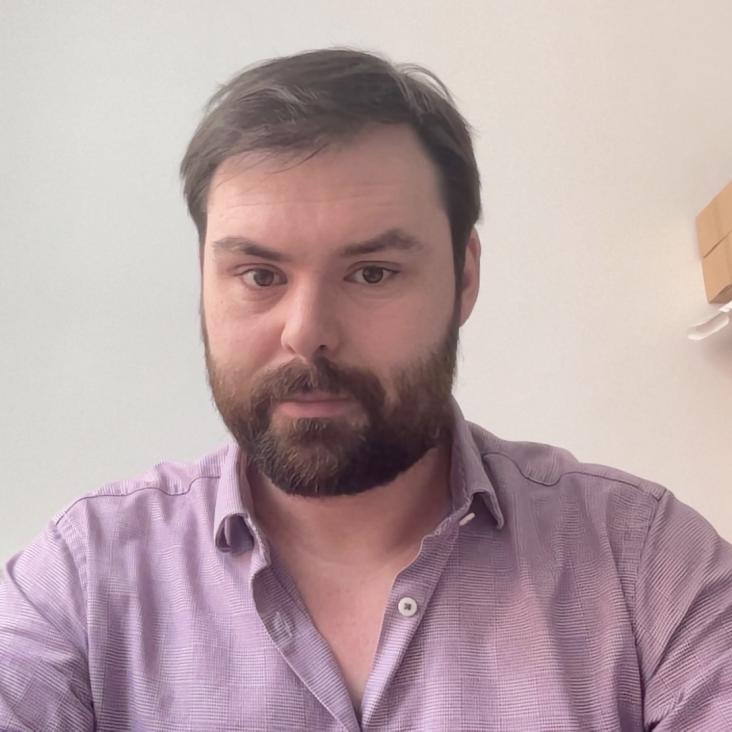 Dr. Daniel Hynds is a Silicon detector Development Scientist at the Department of Physics of the University of Oxford. His research interests include areas such as the development of semiconductor tracking detectors, and the construction of large-scale vertexing and tracking detectors for particle physics experiments. Oxford has large commitments on the ATLAS experiment at CERN, where they are constructing both the modules and half-rings that form one of the pixel detector end-caps.
Dr. Daniel Hynds is a Silicon detector Development Scientist at the Department of Physics of the University of Oxford. His research interests include areas such as the development of semiconductor tracking detectors, and the construction of large-scale vertexing and tracking detectors for particle physics experiments. Oxford has large commitments on the ATLAS experiment at CERN, where they are constructing both the modules and half-rings that form one of the pixel detector end-caps.
On the R&D side, his interests include:
- novel silicon detector development, such as Low Gain Avalanche Devices (LGADs) and monolithic CMOS detectors
- non-silicon material exploitation, such as InP
- simulations; in particular the allpix squared detector simulation package
UK-wide, he established and chair the steering committee for the UK advanced instrumentation lecture series: https://indico.cern.ch/event/1129266
Frank Koppens
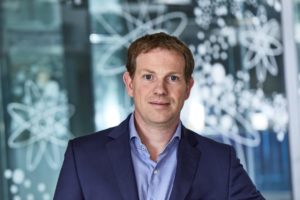 Frank Koppens received his PhD degree in Nanoscience and Quantum Computation by the Kavli Institute of Nanoscience Delft (NL). He is currently group leader ofthe Quantum Nano-optoelectronics group at ICFO. His research interests include:
Frank Koppens received his PhD degree in Nanoscience and Quantum Computation by the Kavli Institute of Nanoscience Delft (NL). He is currently group leader ofthe Quantum Nano-optoelectronics group at ICFO. His research interests include:
- Graphene and 2D materials
- Nano-photonics
- Opto-electronics
- Quantum photonics and technologies
- Solid-state physics
Angelo Rivetti
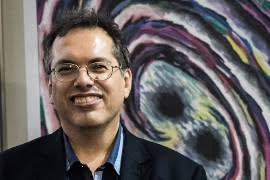 Angelo Rivetti is a Senior Engineer with INFN in Torino and professor of Applied Electronics and Microelectronics with the Department of Physics of the Torino University. A. Rivetti got his laurea in Physics from the University of Torino in March 1995 and the PhD in Electrical Engineering from the Polytechnic School of the same town in February 2000. From 1998 to 2000 he was Doctoral fellow at CERN, where he pursued his research on radiation hard circuits in deep sub-micron CMOS technologies in the framework of the RD49 collaboration and of the ALICE experiment. After a period as research assistant with the University of Torino, he joined INFN as permanent staff in December 2001. His key area of expertise is in the design of mixed-signal integrated circuits for radiation detectors readout, with emphasis on the design of front-end amplifiers, analog-to-digital, time-to-digital converters and on system integration. From 2001 to 2007, A. Rivetti had leading roles in the design and characterization of the front-end electronics of the Silicon Drift Detectors of the ALICE experiment at CERN and in the development of CMAD, a front-end ASIC originally conceived for photomultiplier tubes and now used to read-out several in the COMPASS experiment at CERN. In the same years, he initiated also R&D programs on front-end electronics for hybrid pixel detectors for the experiment PANDA at GSI and NA62 at CERN. The latter development is at the root of a primary technology transfer program, of which A. Rivetti is presently in charge for INFN. From 2010 to 2012, A. Rivetti serves regularly as reviewer for the IEEE Transaction on Nuclear Science, Nuclear Instruments and Methods, the Journal of Instrumentation and the IEEE Transaction on Circuit and System.
Angelo Rivetti is a Senior Engineer with INFN in Torino and professor of Applied Electronics and Microelectronics with the Department of Physics of the Torino University. A. Rivetti got his laurea in Physics from the University of Torino in March 1995 and the PhD in Electrical Engineering from the Polytechnic School of the same town in February 2000. From 1998 to 2000 he was Doctoral fellow at CERN, where he pursued his research on radiation hard circuits in deep sub-micron CMOS technologies in the framework of the RD49 collaboration and of the ALICE experiment. After a period as research assistant with the University of Torino, he joined INFN as permanent staff in December 2001. His key area of expertise is in the design of mixed-signal integrated circuits for radiation detectors readout, with emphasis on the design of front-end amplifiers, analog-to-digital, time-to-digital converters and on system integration. From 2001 to 2007, A. Rivetti had leading roles in the design and characterization of the front-end electronics of the Silicon Drift Detectors of the ALICE experiment at CERN and in the development of CMAD, a front-end ASIC originally conceived for photomultiplier tubes and now used to read-out several in the COMPASS experiment at CERN. In the same years, he initiated also R&D programs on front-end electronics for hybrid pixel detectors for the experiment PANDA at GSI and NA62 at CERN. The latter development is at the root of a primary technology transfer program, of which A. Rivetti is presently in charge for INFN. From 2010 to 2012, A. Rivetti serves regularly as reviewer for the IEEE Transaction on Nuclear Science, Nuclear Instruments and Methods, the Journal of Instrumentation and the IEEE Transaction on Circuit and System.
Ángel Rodríguez Vázquez
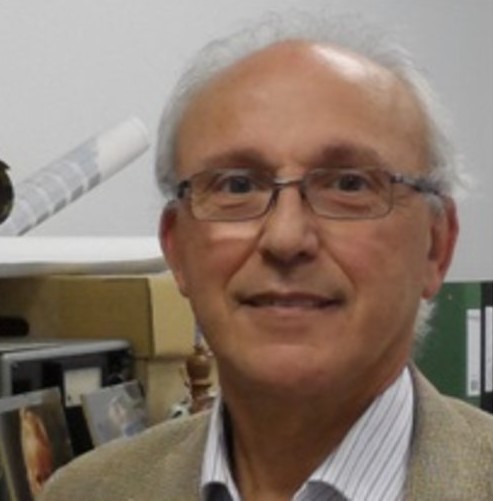 Ángel Rodríguez-Vázquez received a PhD degree on Physics-Electronics in 1983. He is a Full Professor of Electronics at the University of Seville and appointed for research at the Institute of Microelectronics of Seville/CNM-CSIC (IMSE-CNM/CSIC). He is also the President and the responsible for long term R&D of Innovaciones Microelectrónicas S.L. (AnaFocus).
Ángel Rodríguez-Vázquez received a PhD degree on Physics-Electronics in 1983. He is a Full Professor of Electronics at the University of Seville and appointed for research at the Institute of Microelectronics of Seville/CNM-CSIC (IMSE-CNM/CSIC). He is also the President and the responsible for long term R&D of Innovaciones Microelectrónicas S.L. (AnaFocus).
Prof. Rodríguez-Vázquez has always been looking for the balance between long term research and innovative industrial developments. He started a research unit on High-Performance Analog and Mixed-Signal VLSI Circuits of the Institute of Microelectronics of Seville/CNM-CSIC. He headed this unit until 2004, for more than 15 years, in the course of which he educated three generations of PhDs who are currently working at Academia and at Industry.
Some 30 high-performance mixed-signal chips were successfully designed by his research unit at IMSE-CNM/CSIC until 2001 in the framework of different R&D programs and contracts. These include three generation of vision chips for high-speed applications, analog front-ends for XDSL MoDems, ADCs for wireless communications, ADCs for automotive sensors, chaotic signals generators, complete MoDems for power-line communications, etc. Many of these chips were state-of-the-art in their respective fields. Some of them entered in massive production.
He founded Innovaciones Microelectrónicas S.L. (AnaFocus) together with some colleagues in 2001 . This company started operation after raising venture capital in January 2004. He served as the AnaFocus CEO until June 2009, a period in which the company grew from 2 employees until 50 employees and reached the threshold of maturity as a worldwide company specialized in the design and production of smart CMOS imagers and vision systems-on-chip. Since June 2009 he has been back to conduce long term research activities in the areas of vision systems using 3D integration technologies and medical electronics.
Prof. Rodríguez-Vázquez has authored/edited: 8 books; around 40 chapters in contributed books, including original tutorials on chaotic integrated circuits, design of data converters and design of chips for vision; and some 500 articles in peer-review specialized publications. He has presented many invited plenary lectures at different international conferences and has received a number of international awards for his research work (IEEE Guillemin-Cauer best paper award; the IEEE ECCTD best paper award and the IEEE ISCAS best demo-paper award) and was elected Fellow of the IEEE for his contributions to the design of chaos-based communication chips and neuro-fuzzy chips.
His research work is widely quoted; his papers accumulate some 4500 quotes and he has a h-index of 32, numbers which are the highest percentile within his area of activity, worldwide. Prof. Rodríguez-Vázquez has served as Editor, Associate Editor and Guest Editor for different IEEE and non-IEEE journals; he is in the committee of many international journals and conferences; and has chaired different international IEEE and SPIE conferences.
Dennis Schaart
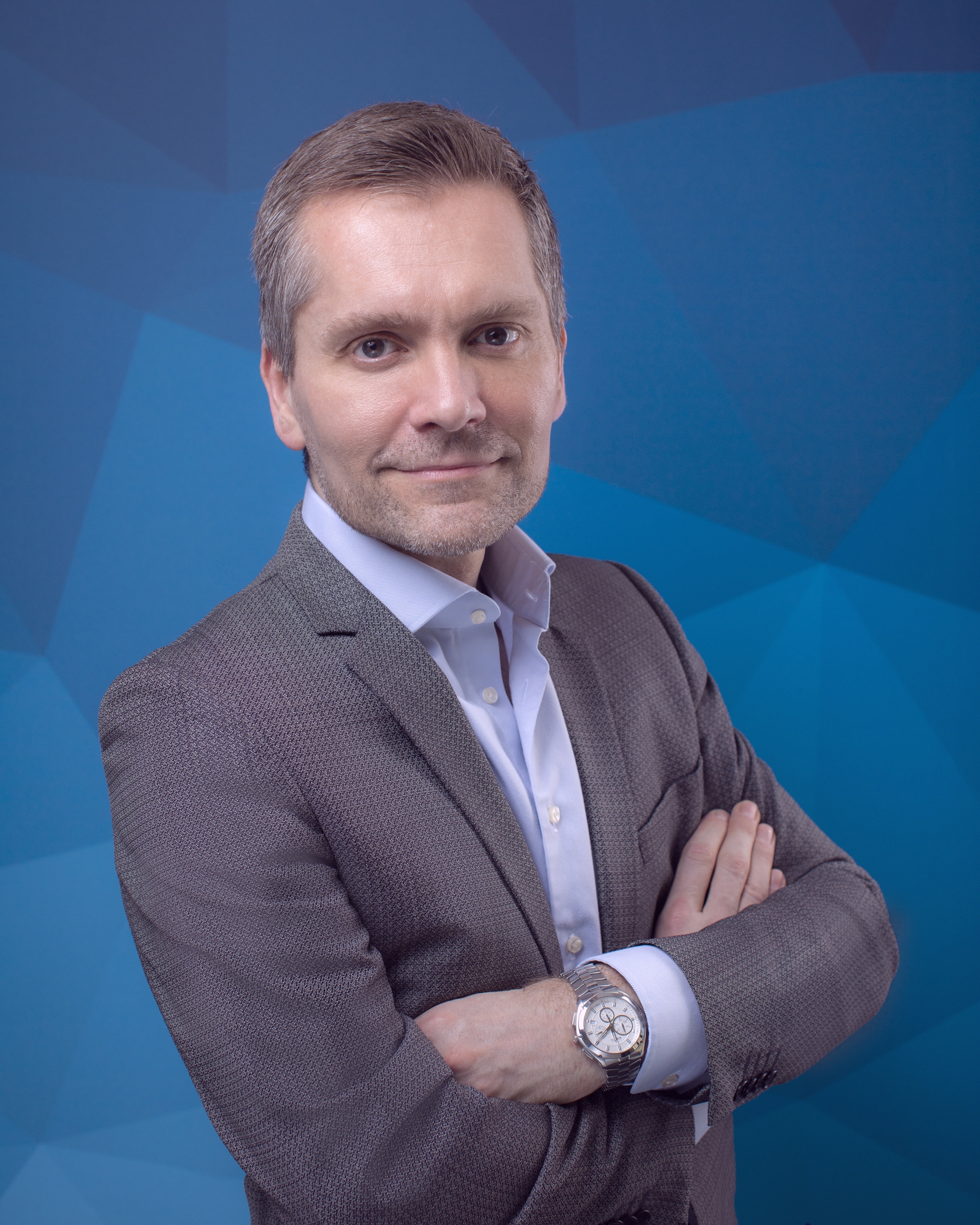 Dennis R. Schaart heads the Medical Physics & Technology section at Delft University of Technology (TU Delft). He worked in academia as well as in the medical device industry, always at the intersection of physics, technology, and medicine. He started as an R&D physicist at Nucletron (now Elekta), where he developed new devices for radiotherapy. He obtained his doctoral degree (with highest honors) in 2002. He then joined TU Delft to set up a new research line on in-vivo molecular imaging technology, with special focus on ultrafast detectors for time-of-flight positron emission tomography (TOF-PET). His team was among the first to explore the use of silicon photomultipliers (SiPMs) in TOF-PET and has published many works on the fundamentals of SiPM-based detectors and the theory of ultrafast timing. Dennis’ current research interests range from novel technologies for in vivo molecular imaging to image guidance in radiotherapy. He leads the Technology for Oncology programme of the TU Delft Health Initiative and serves as a member of the R&D Program Board of the Holland Particle Therapy Centre (HollandPTC). He has (co-)authored more than 150 peer-reviewed papers and is a frequently invited speaker.
Dennis R. Schaart heads the Medical Physics & Technology section at Delft University of Technology (TU Delft). He worked in academia as well as in the medical device industry, always at the intersection of physics, technology, and medicine. He started as an R&D physicist at Nucletron (now Elekta), where he developed new devices for radiotherapy. He obtained his doctoral degree (with highest honors) in 2002. He then joined TU Delft to set up a new research line on in-vivo molecular imaging technology, with special focus on ultrafast detectors for time-of-flight positron emission tomography (TOF-PET). His team was among the first to explore the use of silicon photomultipliers (SiPMs) in TOF-PET and has published many works on the fundamentals of SiPM-based detectors and the theory of ultrafast timing. Dennis’ current research interests range from novel technologies for in vivo molecular imaging to image guidance in radiotherapy. He leads the Technology for Oncology programme of the TU Delft Health Initiative and serves as a member of the R&D Program Board of the Holland Particle Therapy Centre (HollandPTC). He has (co-)authored more than 150 peer-reviewed papers and is a frequently invited speaker.
Francesc Serra-Graells
 Francesc Serra-Graells is an Analog and Mixed-Signal IC Design Research Manager at IMB-CNM (CSIC).
Francesc Serra-Graells is an Analog and Mixed-Signal IC Design Research Manager at IMB-CNM (CSIC).
His research is focused on the design of low-power mixed-signal CMOS circuits for advanced sensing systems. The motivation of this research line is double. First, the lack of portable and miniaturized energy sources for ubiquitous integrated circuits means that very low-power design techniques are of high interest. Second, the global More than Moore trending reinforces CMOS technologies as the most economical option not only for the integration of electronic circuits but also for truly heterogeneous systems-on-chip (SoCs) with sensing capabilities. My works on low-power (low-voltage and/or low-current) CMOS circuit design have been extended to a wide variety of analog, mixed-signal and RF functional blocks, such as amplifiers with automatic gain control (AGC), analog-to-digital (ADC) and digital-to analog (DAC) data converters, voltage controlled oscillators (VCOs) in phase-locked loops (PLLs) and power management units (PMUs), among others. The results have been employed in the development of full-custom application-specific integrated circuits (ASICs) and IP library blocks in several CMOS technology nodes (2.5um, 1.2um, 0.8um, 0.35um, 0.18um, 65nm and 22nm) for very low-power smart sensing applications, like hearing aids, IR and X-ray image sensors, MEMS and chemical microsensors, implantable systems for neural recording, aerospace instrumentation and strategic equipment. I always try to maintain a good balance between the above research work and development activities in the form of contracts and patents for transferring technology to industrial partners. It is also worth to highlight the projection of my R&D experience towards IC reverse engineering and teaching innovation at university.
Renato Turchetta
 Dr Renato Turchetta received the M.S. degree in Physics from the University of Milan (Italy) in 1988 and the Ph.D. from the University of Strasbourg (France) in 1991. In 1999 he joined the Rutherford Appleton Laboratory in the UK. In 2001 he founded a design group developing custom CMOS image sensors (CIS). With his team he developed the first CIS product for electron microscopy, a 16Mpixel, rad-hard sensor, as well as a global shutter, 5 million frames per second, megapixel CIS. In 2014 he co-founded Vivamos Ltd., a spin-off set up with the goal to commercialise his 6.7 Mpixel, wafer-scale, video rate CIS. He was executive director of the company until the end of 2016. In 2017 he co-founded IMASENIC, where he is the CEO. The company develops custom image sensors and readout integrated circuits (ROIC). It has been growing since its foundation and has become a reference player in its market.
Dr Renato Turchetta received the M.S. degree in Physics from the University of Milan (Italy) in 1988 and the Ph.D. from the University of Strasbourg (France) in 1991. In 1999 he joined the Rutherford Appleton Laboratory in the UK. In 2001 he founded a design group developing custom CMOS image sensors (CIS). With his team he developed the first CIS product for electron microscopy, a 16Mpixel, rad-hard sensor, as well as a global shutter, 5 million frames per second, megapixel CIS. In 2014 he co-founded Vivamos Ltd., a spin-off set up with the goal to commercialise his 6.7 Mpixel, wafer-scale, video rate CIS. He was executive director of the company until the end of 2016. In 2017 he co-founded IMASENIC, where he is the CEO. The company develops custom image sensors and readout integrated circuits (ROIC). It has been growing since its foundation and has become a reference player in its market.
Renato is also member of the Advisory Board of the Image Sensors Europe conference since 2011. He also authored or co-authored over 100 papers in peer-review journals and 10 patents.

